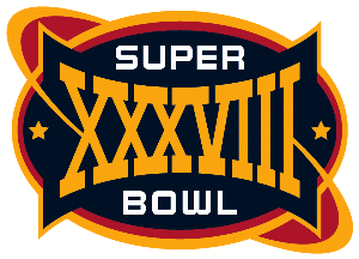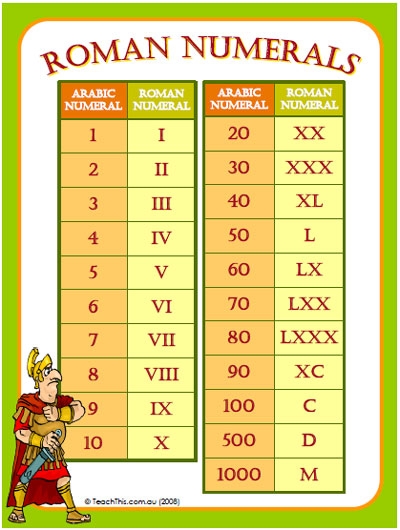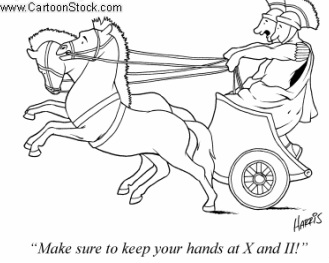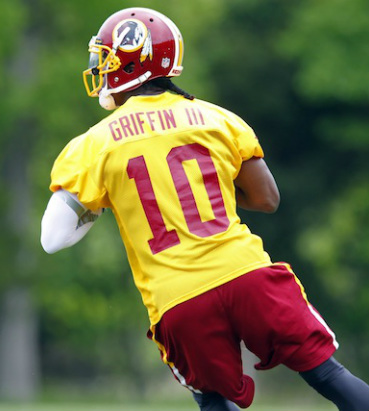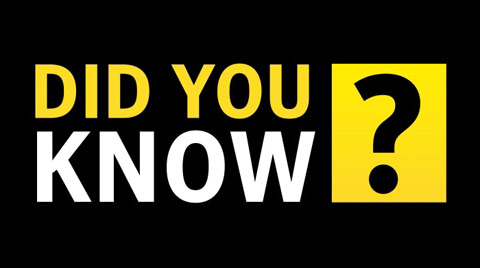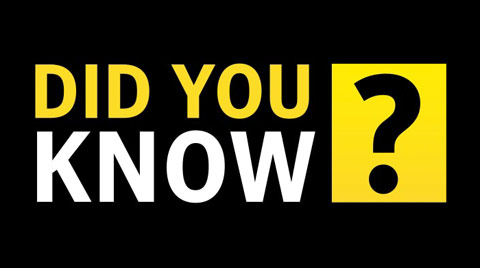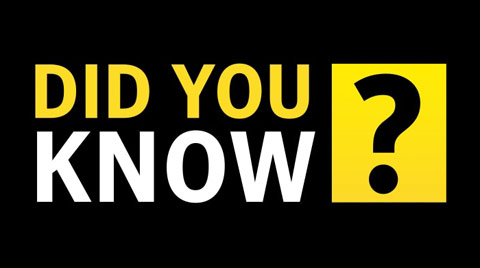Scramblin' thru... Roman Numerals
Making Super Bowls look cool...
The numbers we use today are called Arabic numbers because the Europeans learned them from the Arabs (although they were invented in India).
The Ancient Romans counted on their fingers and used letters as their numbers. 'I', 'II', or 'III' are different numbers of fingers held up, and the letter "I" looks like a finger. But, the Roman numeral for 5 is a 'V'. The thumb and little finger make a 'V', which is easier to draw than a whole hand. Ten fingers from both hands creates an 'X', which is two 'V's put together [pictured left]. Romans combined their symbols to get bigger numbers, so 'VII' meant 5 + 1 + 1, or 7. But, this could form a huge number, as in 'VIIII' being 9, 'XIIIIIIIII' being 19, and 'XXIIIIIIIII' being 29. To fix this, they made more rules. Firstly, if a smaller numeral, such as 'I', 'X', or 'C', is placed in front of a larger one, it has the effect of being a minus (thus, 'IV' is one less then five, or 4). Some more examples show that 'IX' is 9, 'XL' is 40, and 'CD' is 400. This is called the subtraction principle. However, only one numeral can be placed to the left. This was implemented to keep people from writing numbers like 7 as 'IIIX'. Moreover, the smaller numeral must be a power of ten, like: 'I', 'X', or 'C' (1, 10, or 100). Secondly, you could not use the same numeral more than three times in a row. For instance: 'VIII' is 8, 'XXX' is 30, 'XXXIII' is 33, 'CCC' is 300, and 'DCCC' is 800. The only exceptions are when you enter into the thousands ('MMMM' represents 4,000 and 'MMMMM' represents 5,000). On occasion, you may see the number 4 written as 'IIII' (instead of ‘IV’). This is because many clock makers wanted to add symmetry to clock faces. |
Arabic numerals refer to these ten digits: 0, 1, 2, 3, 4, 5, 6, 7, 8, and 9. They
are descended from Indian and Hindu-Arabic numerals developed in India. The Arab mathematician Muhammad al-Khwārizmī introduced the numerals to Europe many centuries after they had been devised in southern Asia. Unlike the numerals used by the Romans, Hindu-Arabic numerals include zero, a mathematical device unknown in Europe at the time.
The Romans recorded years the same way. Year MDCCCLXXXVIII, when broken down, is:
1,000 + 500 + 100 + 100 + 100 + 50 + 10 + 10 + 10 + 5 + 1 + 1 +1 (which is the year 1888). The National Football League (NFL) uses Roman numerals to number its championship game, the Super Bowl.
|

